| Jungchen Chen The Warehouse at Fort Zeelandia | “The valuable goods of the East India Company were stored in the Tayouan warehouse build near and safeguarded by Fort Zeelandia. The warehouse served as a transshipment center in East Asia. […] It was unique in its East-West blending of styles, traditions and materials.” | 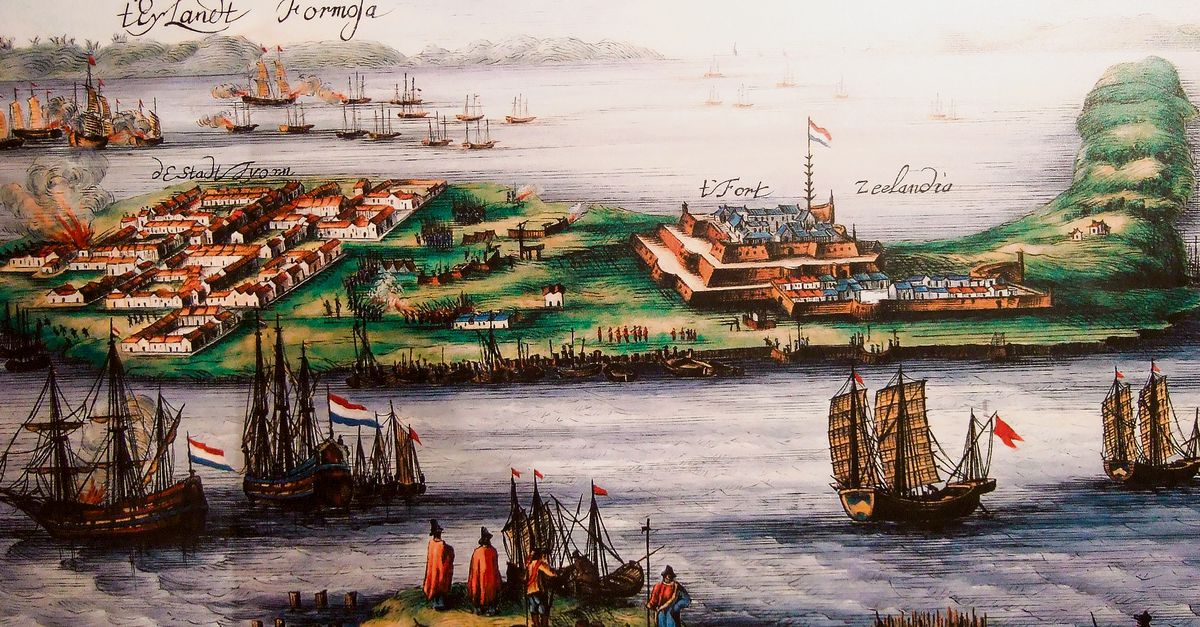 |
| Kai Yiu Chan Gold, Silver, and Taiwan in the VOC’s Indo-Pacific Region,1620s-1630s | “When one thinks of all the cultural heritage of the Dutch on Taiwan, the list should include not only the gold mines, fortresses, Romanized writing system, and maps, but also as tiny as coins.” | |
 | After the retreat of the VOC from Formosa in the mid-17th century, European map-makers relied on either the obsolete Dutch sources or their contemporary French Jesuit geographical knowledge sent back from the Manchu Empire for their cartographical works of the island. As a result, the VOC toponymic legacies continued to survive on some cartographic works in the second half of the 19th century. In today’s Taiwan, the toponymic legacies of the VOC are still appropriated as a reminiscence of the local history of Taiwan in some cases of linguistic landscapes. | Peter Kang The Toponymic Legacies of the VOC Cartographies in Taiwan history |
| Weichung Cheng Cattle, Cabbage, and Spanish Mackerel | “…Cabbage is often found on the dinner table in Taiwan today and has become so commonplace that few are aware of its foreign origins. While the variety most consumed in Taiwan today is likely a different subspecies, its origin here can nevertheless be traced back to the Dutch colonial period.” |  |
| Wei-Ken Hung & Lin-Lin Chen Transformation of Taiwan’s Industry: The Journey of Dutch Industrial Design Studio Pilotfish | Design services are a supporting industry that must respond quickly to clients’ needs. Describing the development of industrial design studies is not only fascinating in its own right. It also sheds light on industry development and transformation. Even international design firms rely heavily on regional or national domestic demand. The journey of the Dutch industrial design company Pilotfish reflects the evolution of Taiwan’s manufacturing industry through changes in major clients and product types. | |
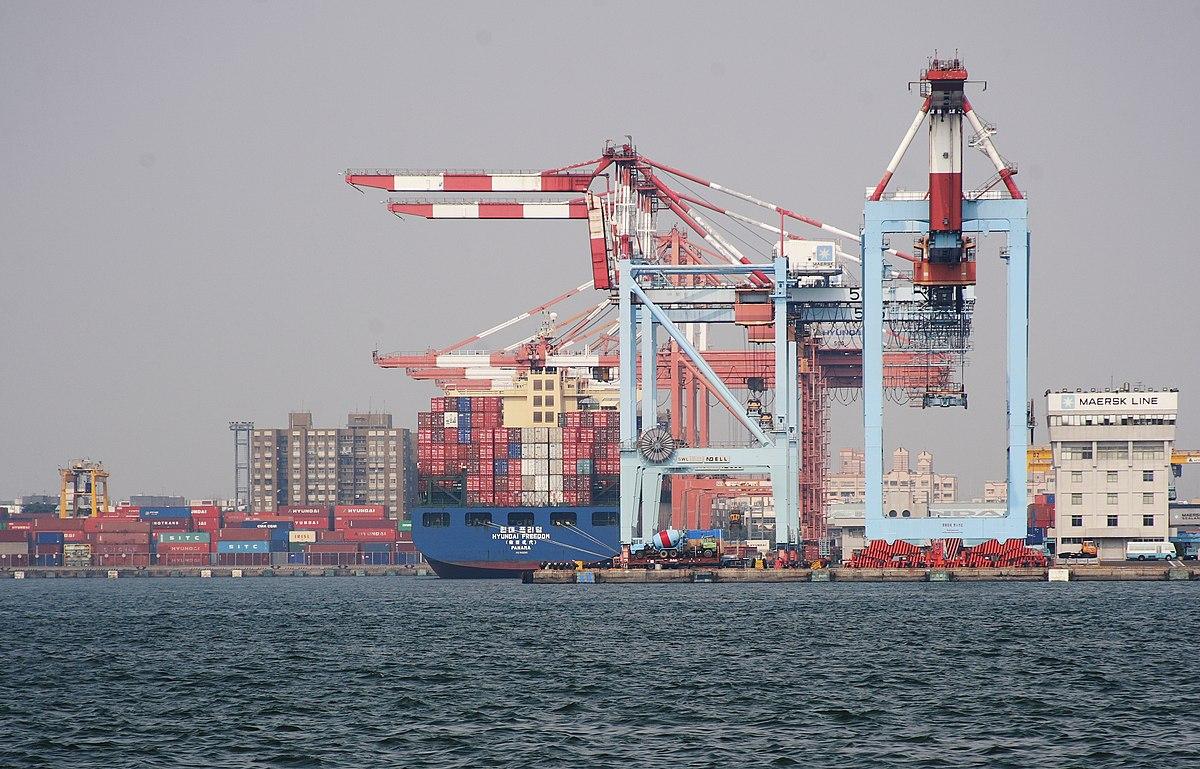 | “I have seen all the major ports in America and visited the ports of London, Le Havre, and Antwerp in Europe. But so far, Rotterdam has surpassed everything I have seen.” C. G. Yen, chief engineer of Kaoshin Harbor Bureau (KHB) in Taiwan, visiting Rotterdam in 1953. | Tsai-ying Lu and Yu-fong Wang A Tale of the Two Harbors. The connected modernization of Kaohsiung and Rotterdam harbors |
| Christopher Joby Communication, and Interpretation: Dutch in a sea of languages | “The first two VOC minister-missionaries in Taiwan, Georgius Candidius and Robertus Junius wrote texts in the Sinckang dialect. One of these is a Dutch-Siraya wordlist with more than 1000 words and four short bilingual dialogues. It is the oldest surviving wordlist in a Formosan language and is preserved in Utrecht University library. […] The first printed book written in Taiwan is a Dutch-Siraya catechism that Junius wrote in Taiwan and published in Delft in 1645.” | |
| Darryl Cameron Sterk A Plant Perspective on the Cultural and Ecological Impact of the Dutch Colony in Seventeenth Century Taiwan | “The ecological and cultural equilibrium of Sirayaland has been punctuated repeatedly since the Austronesian settlement of Taiwan. The Siraya modified the environment they hunted, gathered, and planted in for centuries at least, but the Dutch arrival represented a significant acceleration of change: exotic plants had been introduced at a rate of one every three centuries, and were now introduced at a rate of almost one a year. The VOC’s encouragement of Chinese immigration to Taiwan probably accounts for most of the botanical introductions in the Dutch era. Chinese settlers would remain the main vectors for the introduction of new plants until the Japanese period.” | 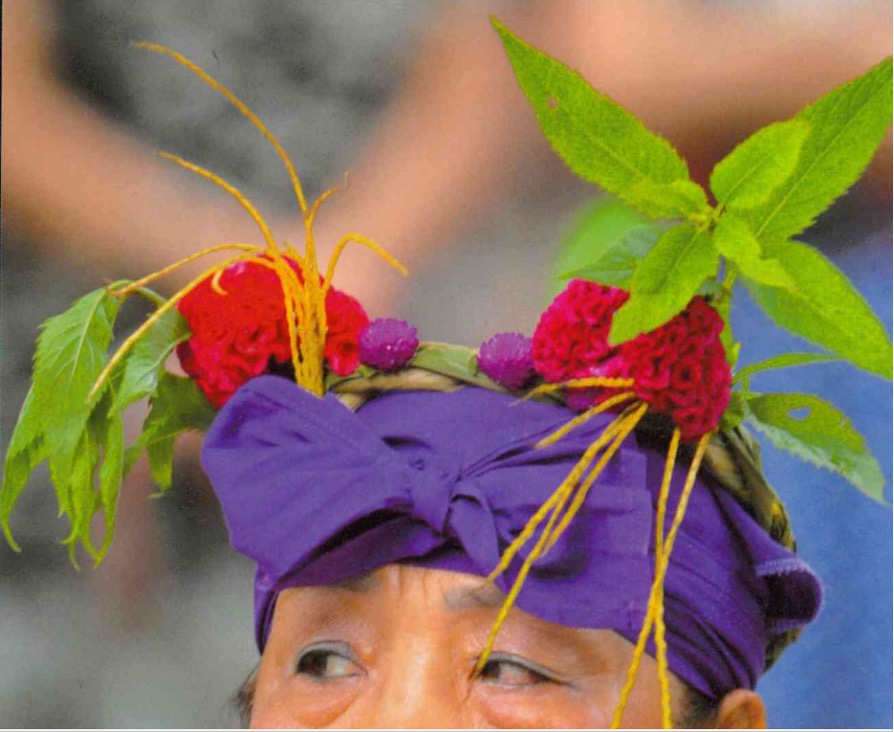 |
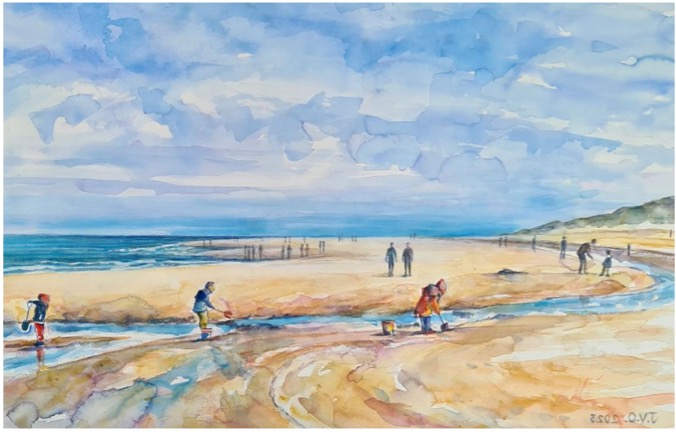 | “Taiwan and the Netherlands share a deep connection to the sea. […] Todays challenge of coastal management lies in balancing the need to conserve precious natural landscapes with the need to foster economic growth and development. […] Despite facing similar challenges in coastal management, both have adopted different approaches and attitudes towards the sea.” | Viola van Onselen Our common endeavors against the forces of the sea |
| Joris van den Tol Principles and regulations: Chinese co-creators of VOC rules, 1636-1645 | It is easy to imagine the Dutch presence on Formosa as the product of visionary colonists from the European metropole. Instead, reality on the ground offered a lot of influence to Chinese merchants, as can be seen from the example of petitioning regarding gambling. These Chinese people were the co-creators of rules and regulations that governed the lives of all people on the island. |  |
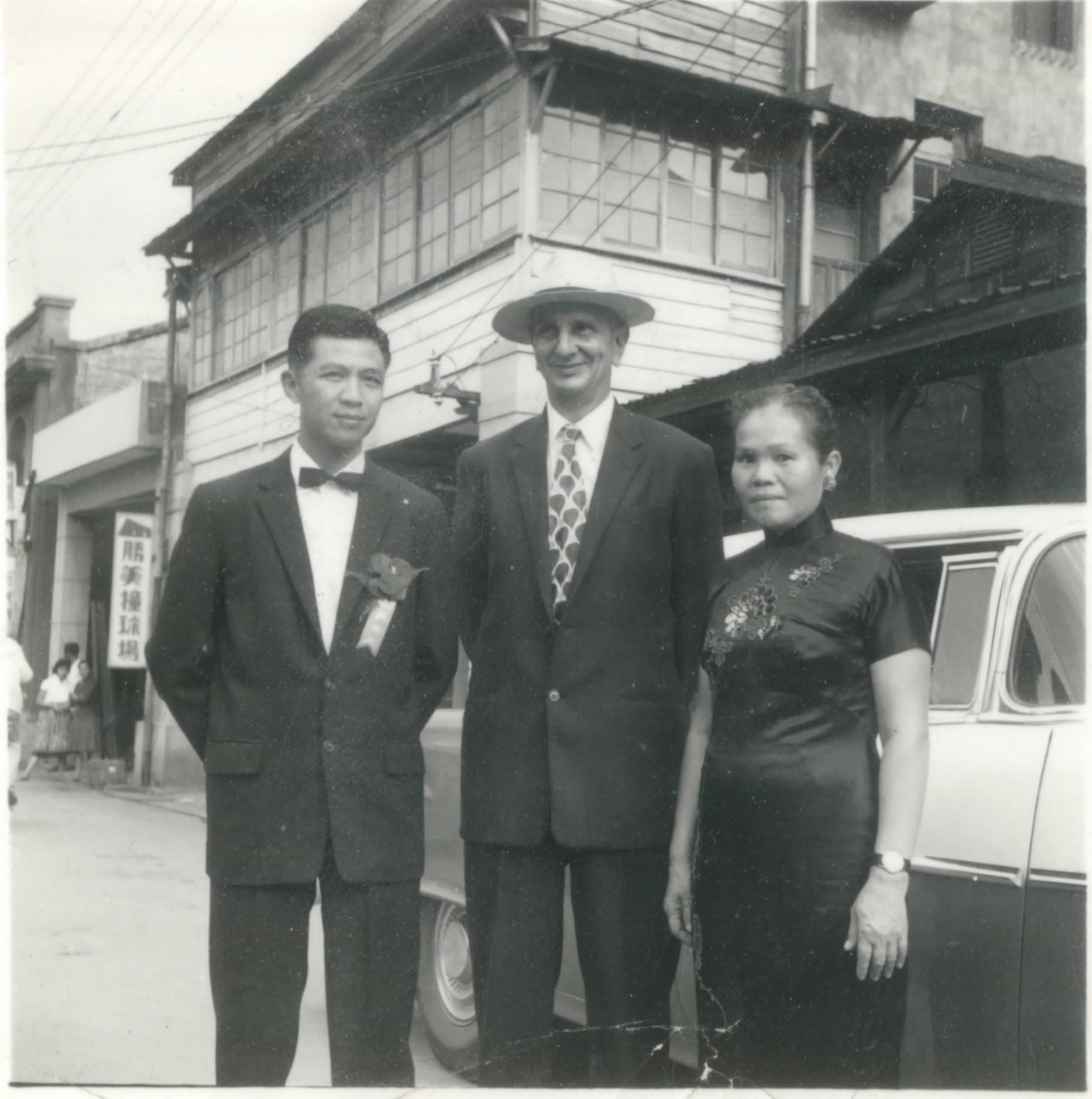 | “… Liu felt Chinese through and through. Whenever anyone called him Dutch or told him to use facilities for foreign visitors, Liu sternly replied that he was Chinese.” | Simeon Frans Vonk How a Love for Chinese Culture Drove a Dutch Patrician to Taiwan – The Life of Liu Yuan-tao (1911-2001) |
Zhao-Zong Wu What’s in a name (and in old maps)? The Story of Sinackse River in Tamsui | “For planners and developers the ancient Dutch traces that have been found in the Tamsui region in Taiwan and that are visible on old maps are a source of inspiration.” | 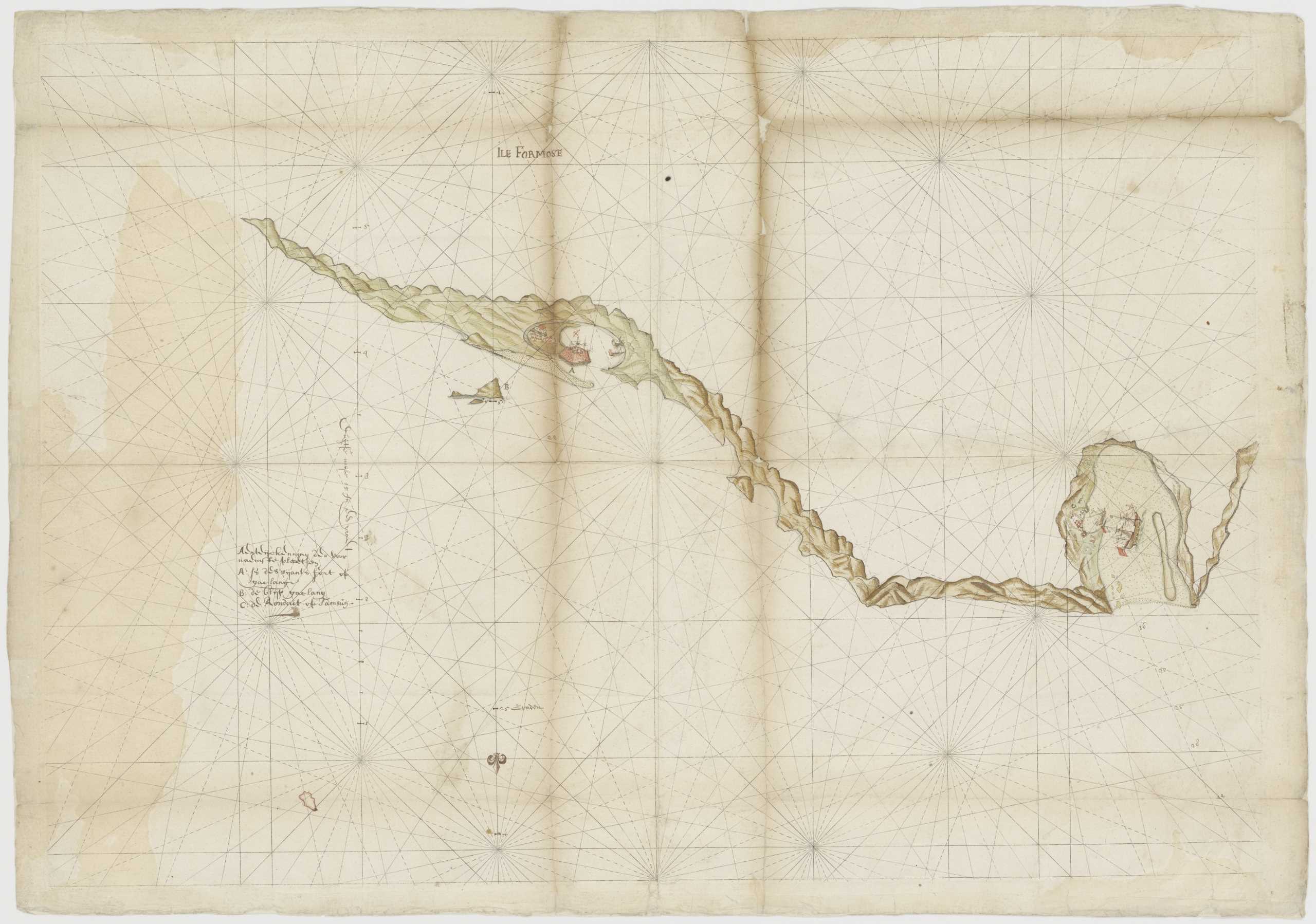 |
| Song-Yue Yang Preparing for the future. Cooperation in hydrology and hydraulic modeling technology | “An important tool that the Taiwanese experts use for managing water flows is developed by Delft Hydraulics (now Deltares) in the Netherlands. The hydrological and hydraulic modelling suite SOBEK enables to simulate complex water flows and processes. With SOBEK floods can be forecasted, drainage systems optimized, irrigation systems controlled, and salt intrusion and the quality of surface water determined.” |  |
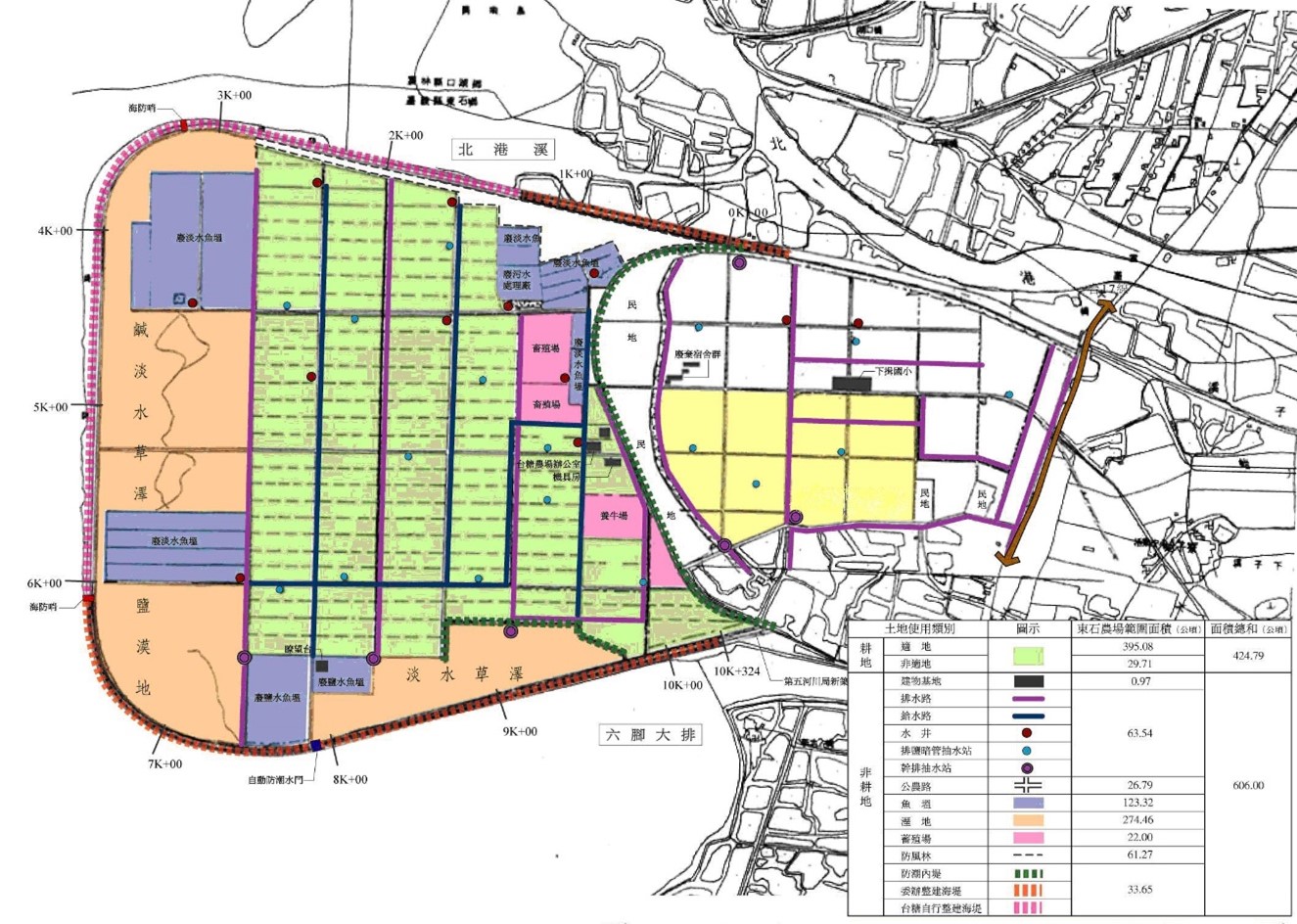 | God created the world, the Dutch created the Netherlands, the saying goes. But the Dutch were certainly not the only ones who reclaimed land on the water and shaped it to their needs. The Taiwanese did too. In the twentieth century both learned from each other for tidal land reclamation and how to design and use the newly won land. Moreover, the history of water management shows the integration of natural values in recent decades, in Taiwan as well as the Netherlands. | Sinite Yu, Chingmei Lin, Crystal Chang, Chiaying Wu, Zhao-Zong Wu, Yuhsiang Wang Man-made nature. The Coincidence and Similarity of Tidal Land Reclamation between Taiwan and the Netherlands |
